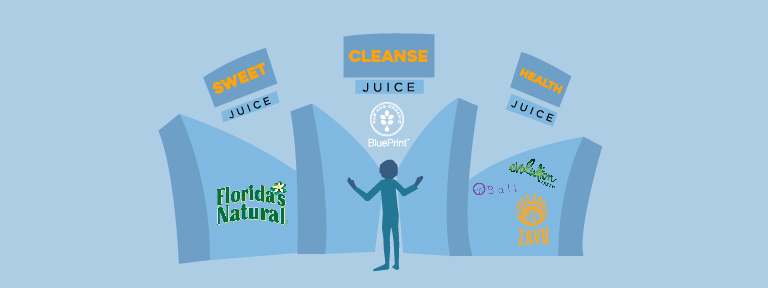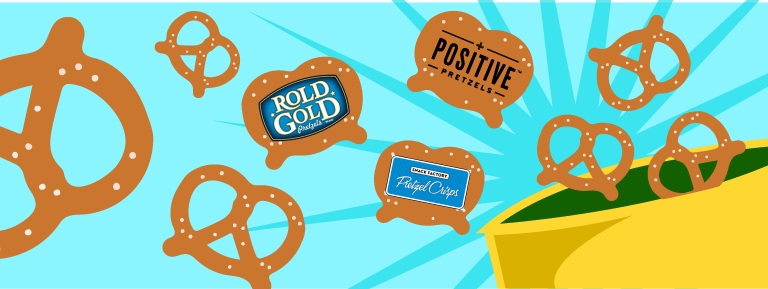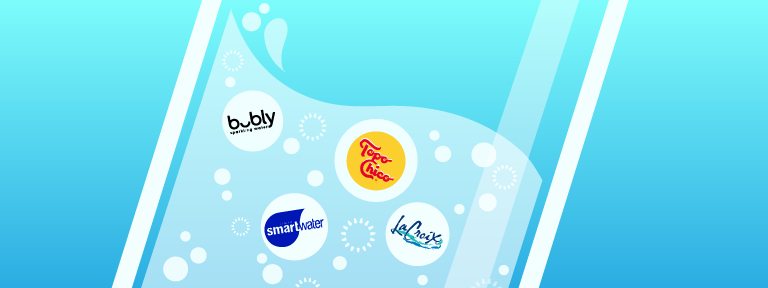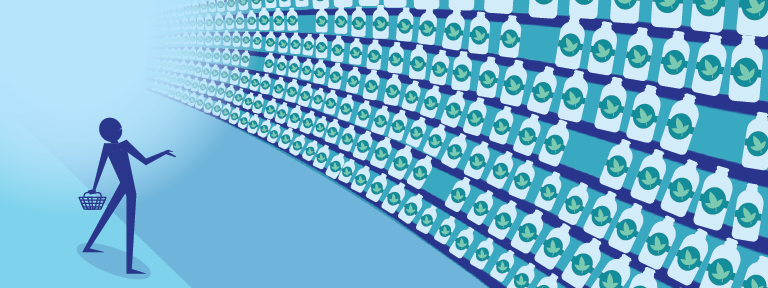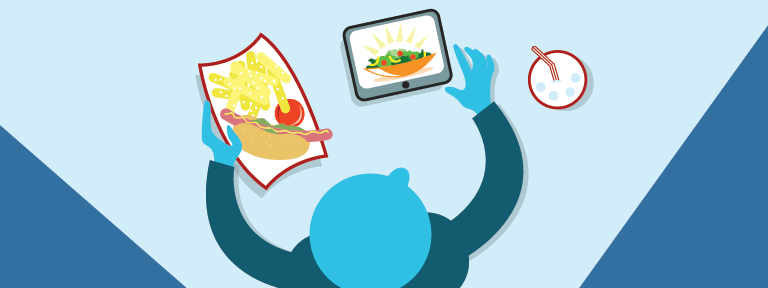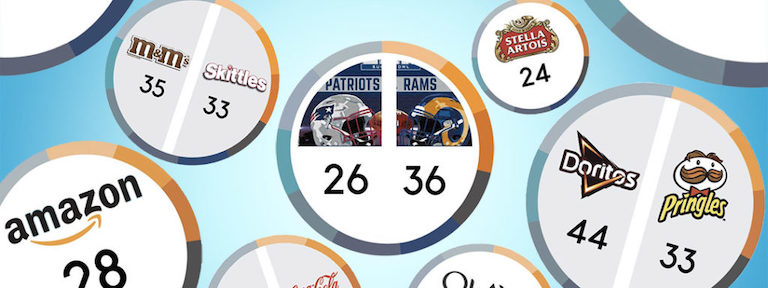Is juice bad for kids, but now good for adults? Parents stopped giving their kids juice because of the high sugar content, but now are drinking it for their own health benefits. We wondered how these old juice brands were doing so we took a look at our tool I-Factor® to tell us how irresistible on a scale of 0-100 the brands are. Not surprisingly, the old school juice brands like Florida’s Natural and Mott’s apple juice were at the bottom of the scale with scores of 29 and 16 respectively.
Over the last two decades, the juice category has reinvented itself a couple of times starting with the extreme of sugar of the juices we used to give our kids to the extreme of cleanses and seems to have settled somewhere in the middle with juices that you drink anywhere from once in a while to every day for their health benefits.
So how did we go from sugar to cleansing? In 2000, Zoe Sakoutis and Erica Huss started BluePrint after a juice cleanse helped Zoe get over a cold. She wanted to share the benefits of “juicing” with other health-conscious consumers. They created a line of drinks that “recharge” your body by only drinking some combination of Kale, Pineapple, Lemon, Beet and Nut juice for 3 to 7 days. You drop a few pounds (which in my experience come right back once you start eating food again) and feel completely reset. With an I-Factor® score of 40, its doing better than the legacy juices, but still doesn’t have and probably never will have mass appeal.
The result, juice has changed again. Brands like Evolution Juice are making juices that will help your everyday health, the opposite of extremes. You may recognize Evolution from the refrigerator case at Starbucks. They target the everyday health-conscious consumer with green juice like “Organic Green Devotion” and Kombuchas like “Ginger Greens Kombucha” and “Ginger Lemon Honeycrisp Kombucha”, and the really hot one right now “Organic Celery Glow”. These aren’t meant to replace your meals, but to add into your regular diet for its health benefits. With an I-Factor score of 43, they’re on their way to being Irresistible, but there’s definitely room for other brands to get in the game.
So where does juice go from here? Brands like Bali Juice, from Solana Beach, CA and Drink Zavu, from Miami, FL, are continuing to innovate in this space by using more exotic fruits and vegetables. Bali Juice is pressed mangosteen juice. Mangosteens are a tropical superfruit with natural antioxidants that tastes like peach, passion fruit, and strawberry. There’s actually less sugar in a bottle of their juice than in an apple. And Mangosteens have been found to have antioxidant, anti-tumoral, anti-allergic, anti-inflammatory, anti-bacterial, and anti-fungal properties. Basically, everything “anti” that is good for you. Drink Zavu makes Acerola fruit juices, which you can only find in the Brazilian rainforest. Again, truly functional juices, filled with vitamin C, potassium, and antioxidants.
With all of the varieties of juices and ways it can be a part of people’s lives, how is a brand to know what part of the story will resonate at any given moment? I-Factor® can help figure out what story each of these brands should tell and where they should be telling it. It provides not only quantitative data on how consumers really feel about your brand but also uncovers the why’s behind the data to help you build your most compelling brand story for your most right consumer. Want to figure out how your brand can break out in this crowded category? We can help.

